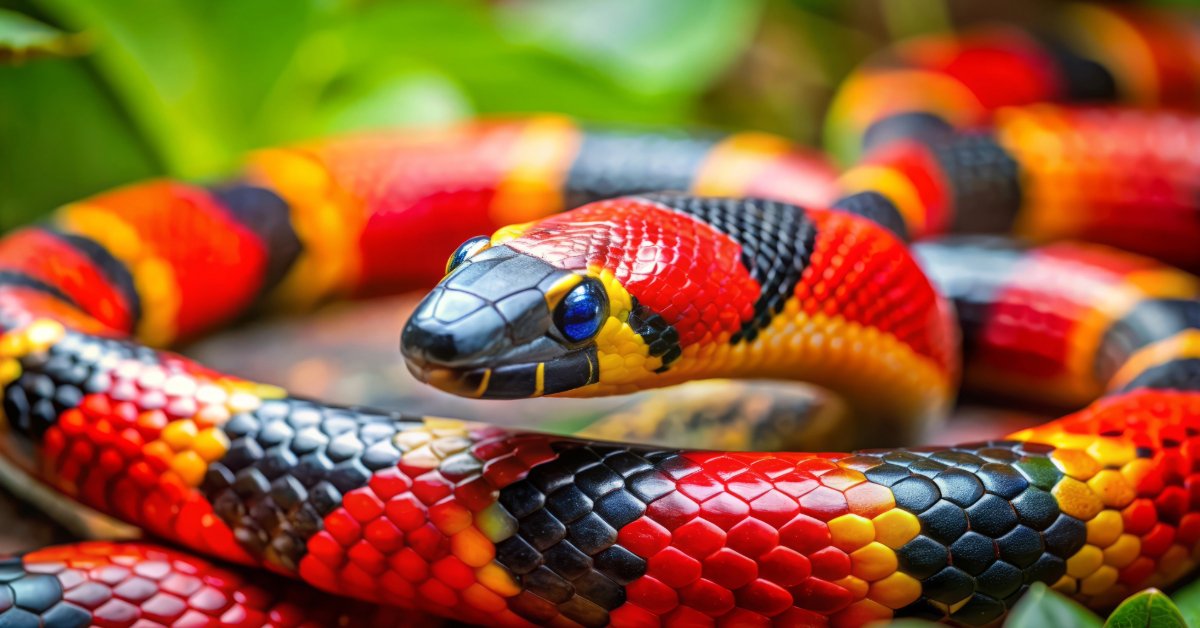Ever thought the animal kingdom was straightforward? Think again! Mother Nature is full of tricksters, and today we’re uncovering some of the sneakiest deceivers out there.
Welcome to the Wild World of Deceptive Creatures
Hey there, fellow animal lovers! Have you ever strolled through the woods and felt like you were being watched, only to realize it was just a cleverly disguised insect blending into a branch? Or perhaps you’ve marveled at a documentary showcasing the mind-boggling camouflage of a chameleon. Well, get ready, because we’re about to dive into the crafty and cunning world of animals that use deception to survive.
Deception isn’t just a human trait; it’s a survival strategy perfected over millions of years. From masters of disguise to behavioral tricksters, these creatures have evolved some truly ingenious tactics to outsmart both predators and prey. Let’s explore these natural-born deceivers and see how they’ve become the ultimate survivalists.
The Art of Camouflage: Blending In to Stay Alive
Chameleons: The Color-Changing Connoisseurs
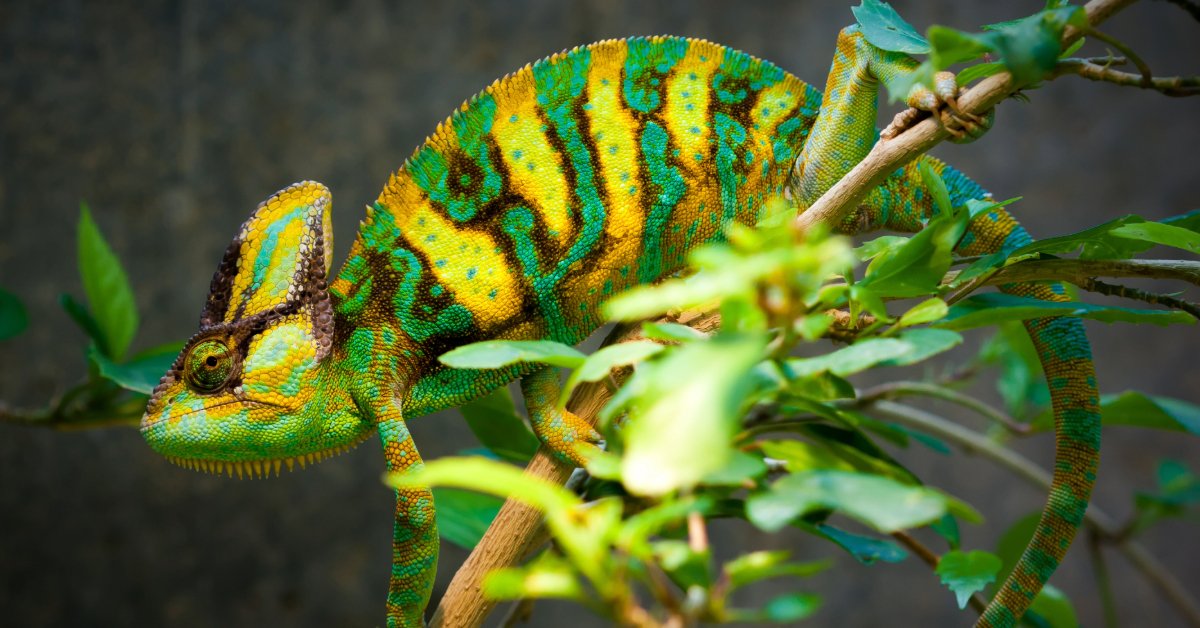
You probably know that chameleons can change color, but did you know it’s not just for blending into their surroundings?
- Mood Rings of the Animal World: Chameleons often change color to communicate or regulate their body temperature.
- Still, Masters of Disguise: Their natural hues usually match their habitat perfectly, making them nearly invisible when they need to be.
Stick Insects: Nature’s Living Twigs

At first glance, you might mistake a stick insect for, well, a stick!
- Impeccable Imitation: With bodies that look just like twigs, they can remain motionless for hours, fooling both predators and humans alike.
- Nighttime Ninjas: They mostly move around at night, reducing the chance of being spotted when they’re on the go.
Octopuses: The Underwater Shape-Shifters
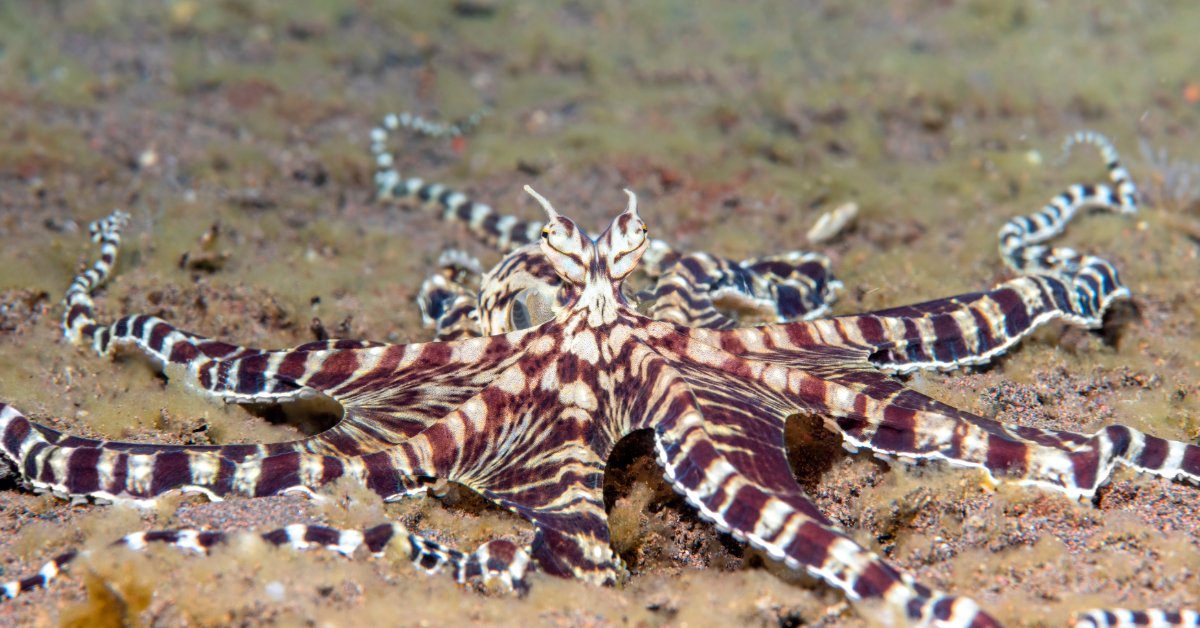
Octopuses take camouflage to a whole new level.
- Instant Transformation: They can change their color, pattern, and even texture in the blink of an eye.
- Mimic Octopus: This species can imitate other sea creatures like lionfish and sea snakes to avoid predators.
Mimicry: When Looking Like Someone Else Saves the Day
Viceroy Butterflies: The Great Impostors
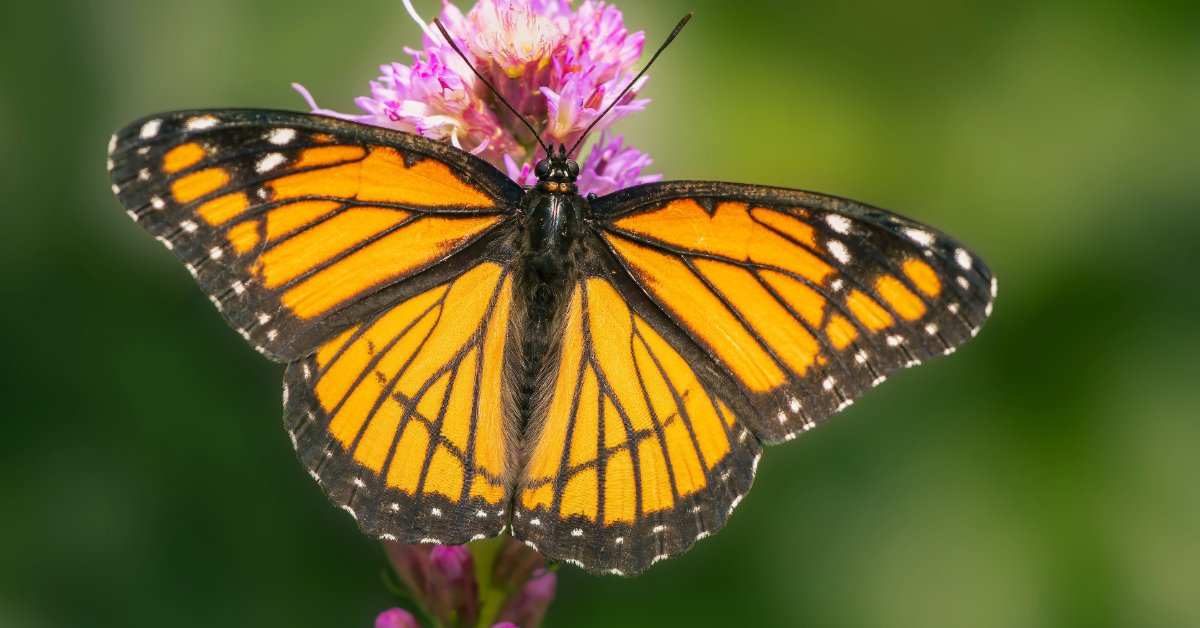
Ever heard the saying “Imitation is the sincerest form of flattery”?
- Copying the Monarch: Viceroy butterflies mimic the toxic Monarch butterfly’s coloration.
- Fooling Predators: Birds avoid them, thinking they’re the poisonous Monarchs.
Milk Snakes and Coral Snakes: Deadly Doubles
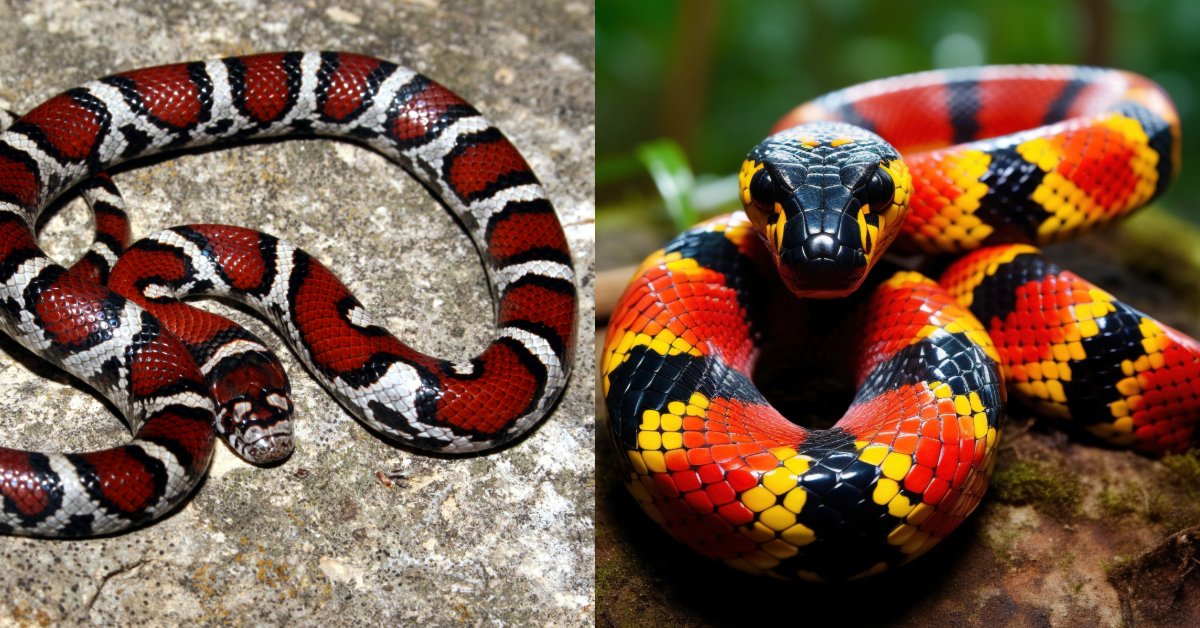
“Red on yellow, kill a fellow; red on black, friend of Jack.” But who has time for rhymes in the wild?
- Color Confusion: Non-venomous milk snakes have similar patterns to venomous coral snakes.
- Safety in Similarity: Predators steer clear of both, just in case.
Behavioral Deception: Actions Speak Louder Than Looks
Killdeer Birds: Oscar-Worthy Performances
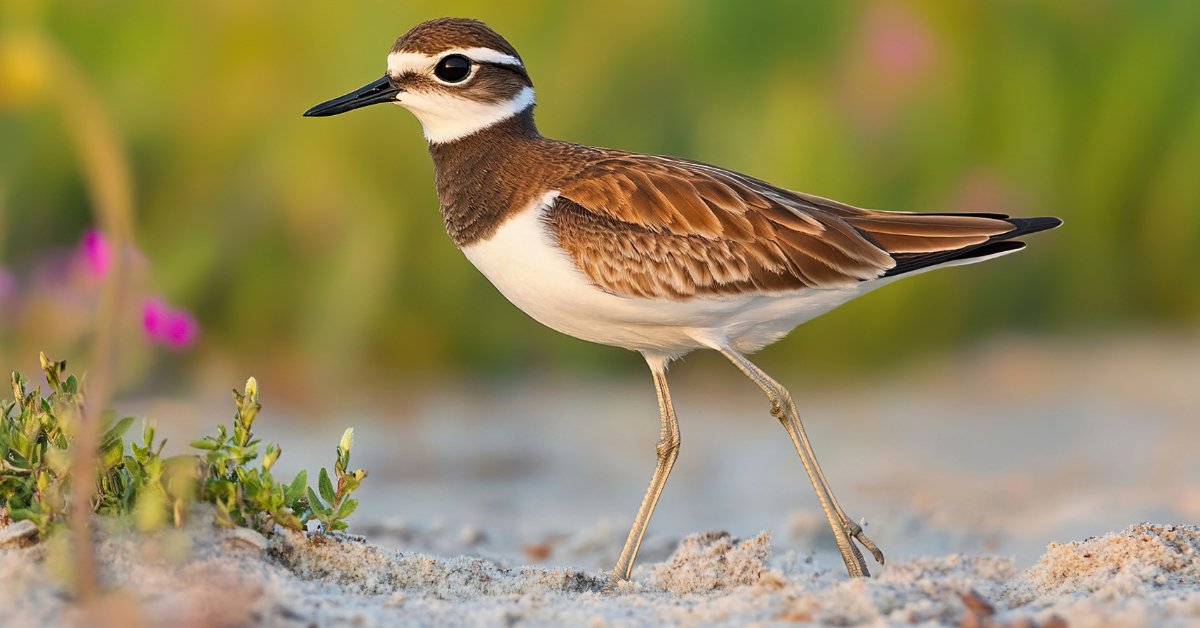
These birds could teach acting classes.
- Broken-Wing Act: When a predator gets too close to their nest, killdeer will pretend to have a broken wing, luring the threat away.
- Risky Business: It’s a dangerous tactic, but it often pays off in protecting their young.
Opossums: Playing Dead Like Pros
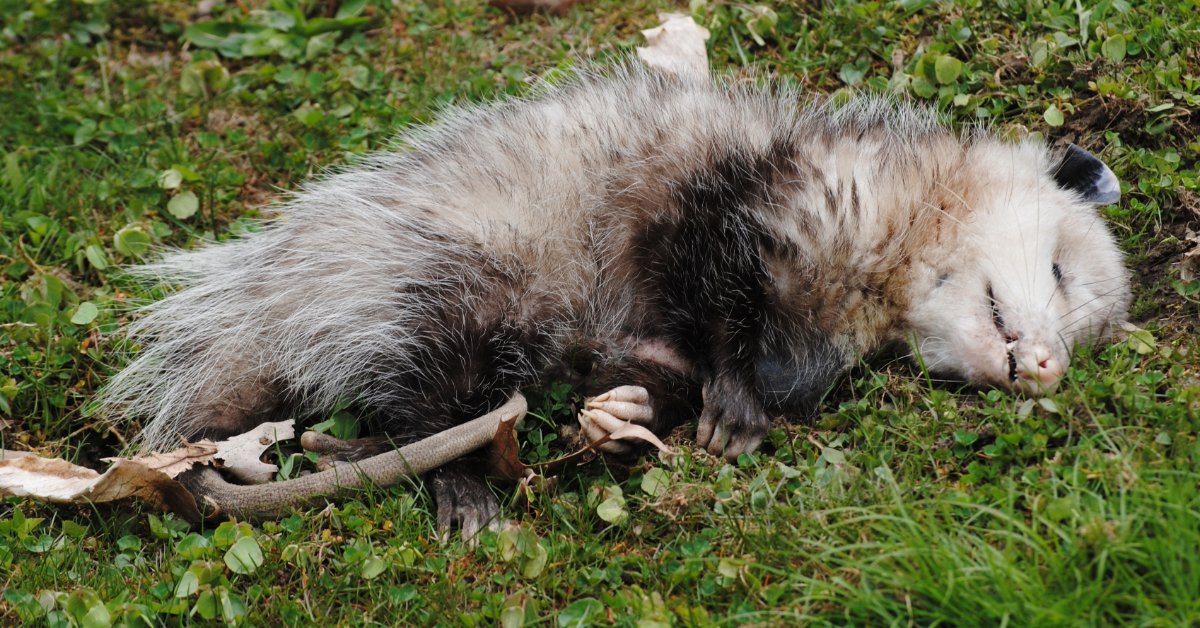
We’ve all heard the phrase “playing possum,” but did you know it’s not just an act?
- Involuntary Response: When threatened, opossums can go into a catatonic state that can last for hours.
- Smelly Situation: They even release a foul odor to make themselves seem really dead.
Cuttlefish: The Undersea Masters of Disguise
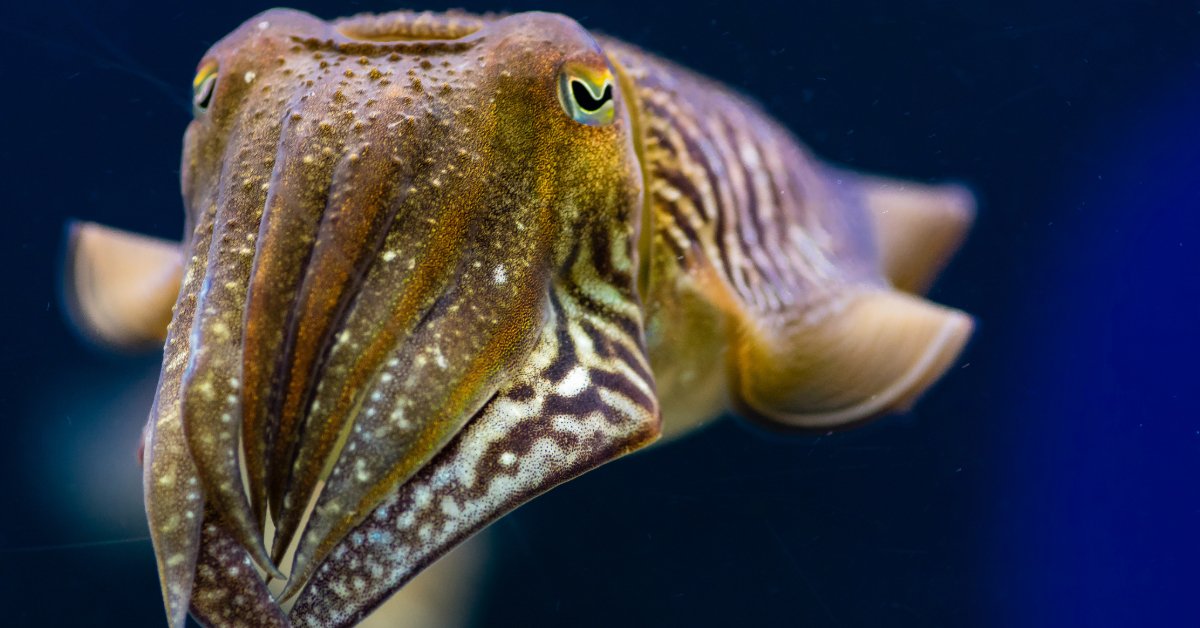
These guys take gender-bending to a new level.
- Sneaky Males: Smaller male cuttlefish will change their appearance to look like females, sneaking past larger males to mate.
- Love and Deception: It’s a clever way to get the girl without a fight.
Chemical Deception: Invisible but Deadly Tricks
Cuckoo Birds: The Ultimate Freeloaders
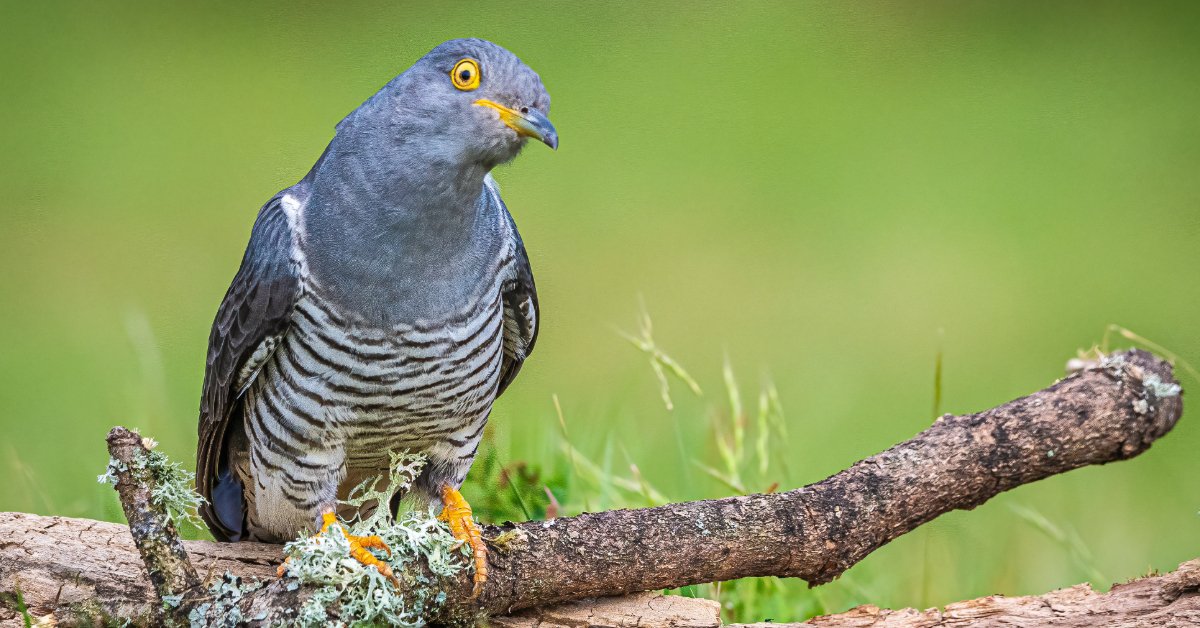
Cuckoos have got the art of outsourcing parenting down pat.
- Brood Parasites: They lay their eggs in other birds’ nests, leaving the unsuspecting foster parents to raise their chicks.
- Egg Mimicry: Their eggs often look just like the host’s, making them hard to spot.
Bolas Spiders: The Sweet Smell of Deceit

These spiders are both crafty and a little bit creepy.
- Scent Mimicry: They produce chemicals that mimic the pheromones of female moths.
- Catch of the Day: Lured by love, male moths fly straight into the spider’s sticky trap.
Visual Trickery: Luring in the Unwary
Anglerfish: Deep-Sea Deceivers
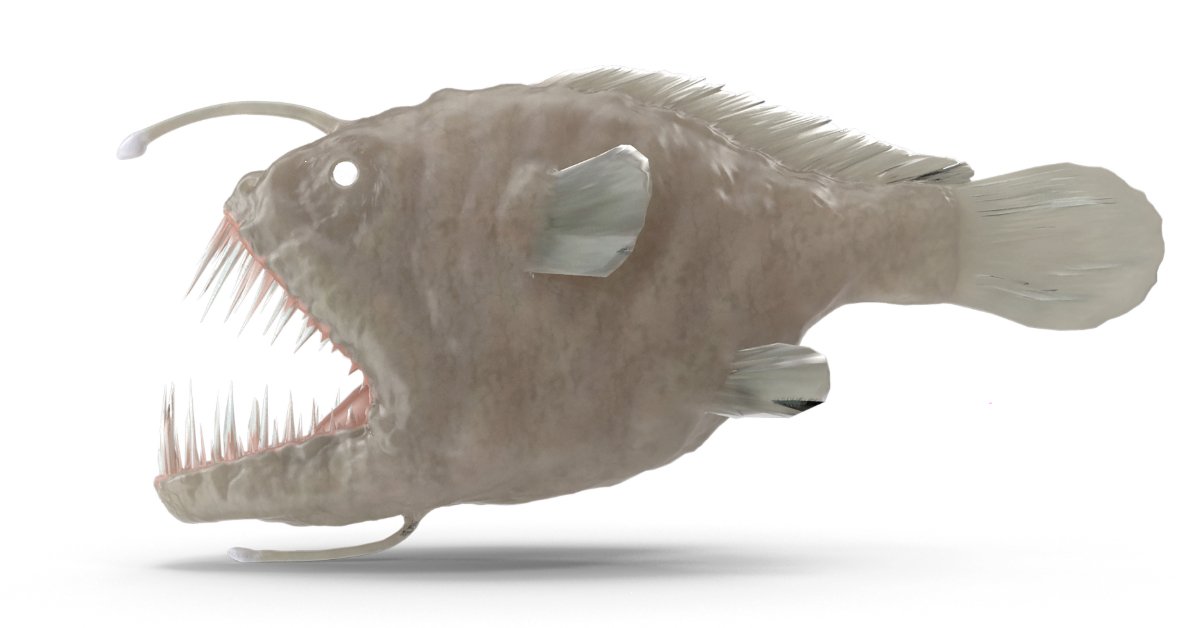
The deep ocean is home to some weird and wonderful creatures.
- Built-in Fishing Rod: Anglerfish have a bioluminescent lure dangling in front of their mouths to attract prey.
- Dinner Delivery: In the dark depths, bringing the food to you is a smart move.
Alligator Snapping Turtles: Tongue Twisters
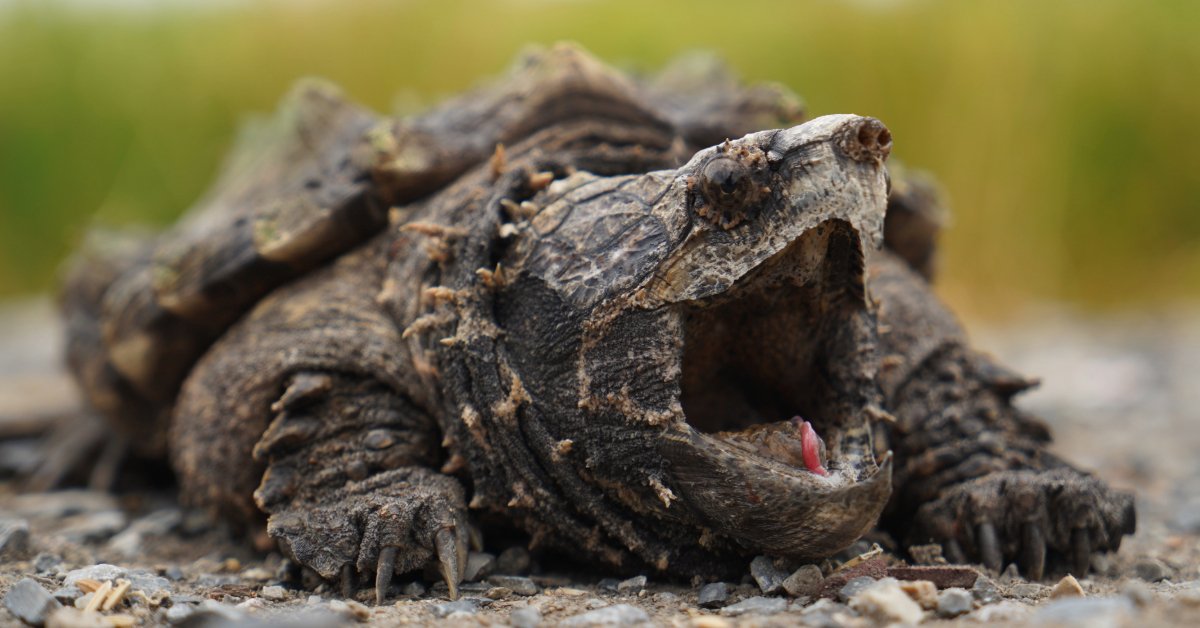
These turtles have a trick up their… tongues.
- Worm-Like Tongue: They wiggle their tongue to look like a worm, enticing fish to come closer.
- Snap! Once the fish are within reach, it’s game over.
Acoustic Deception: The Sounds of Survival
Margays: The Feline Mimics
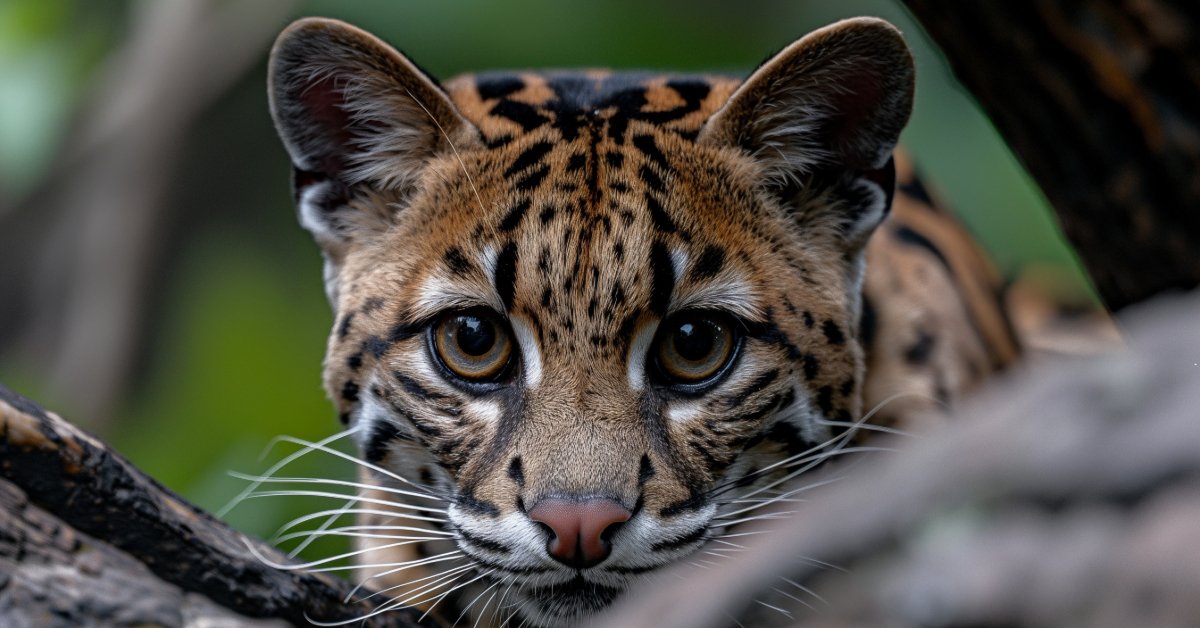
These small wild cats have a big bag of tricks.
- Voice Impersonators: Margays can mimic the calls of their prey, like baby monkeys.
- Effective Luring: Concerned adults come to investigate, only to become the margay’s next meal.
Fork-Tailed Drongos: The Ultimate Con Artists
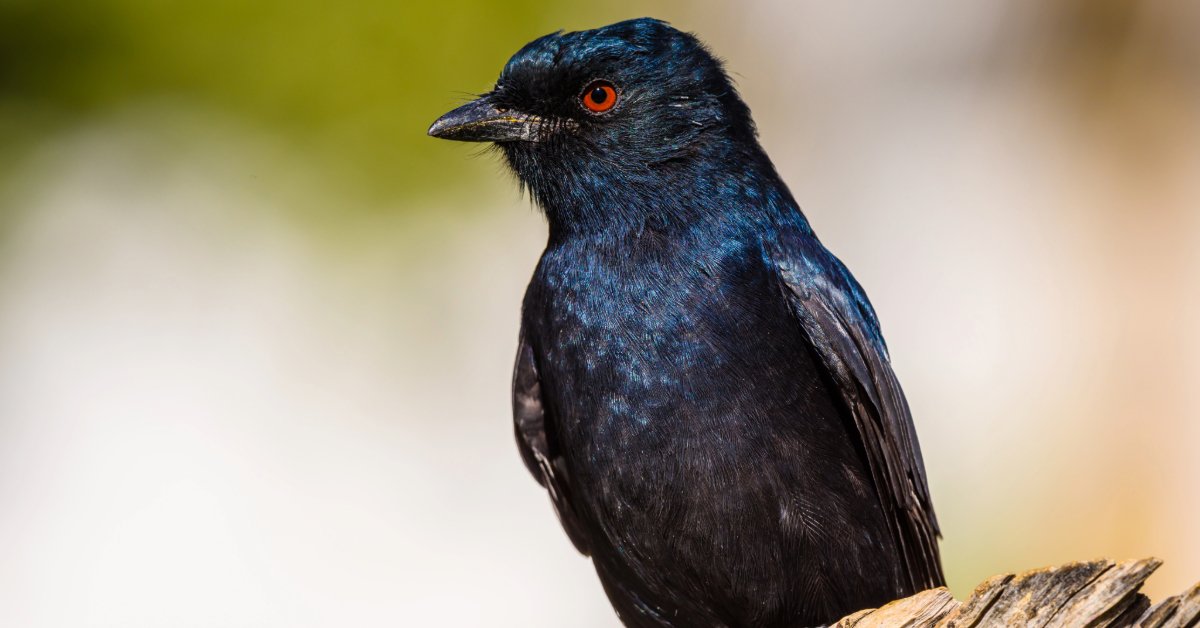
These birds are the tricksters of the savannah.
- False Alarm Calls: They imitate alarm calls of other species, causing animals to flee and abandon their food.
- Opportunistic Feeders: The drongo then swoops in to steal the unattended snacks.
The Science Behind Deception
Nature is in a constant game of one-upmanship.
- Evolutionary Arms Race: Predators and prey are always evolving new strategies to outsmart each other.
- Survival of the Sneakiest: Only the best deceivers survive and pass on their genes.
Human Impact: Disrupting Nature’s Balance
Habitat Destruction
Our actions are making life harder for these master deceivers.
- Loss of Camouflage: Deforestation and urban sprawl remove the natural settings these animals rely on.
- Increased Vulnerability: Without their usual hideouts, they’re more exposed to predators.
Climate Change
Rapid changes in the environment are throwing a wrench in nature’s plans.
- Timing Is Everything: Changes in seasons can disrupt breeding and migration patterns.
- Out of Sync: Deceptive tactics may no longer be effective in altered environments.
What We Can Learn
Adaptability
There’s a lot we can take away from these crafty creatures.
- Survival Skills: These animals show us the importance of adapting to survive.
- Appreciation for Nature: Understanding these complex behaviors can deepen our respect for the natural world.
Conclusion: Embracing Nature’s Intricacies
Isn’t it incredible how clever Mother Nature can be? From insects that look like sticks to fish that use built-in lures, the animal kingdom is full of fascinating stories of deception and survival.
By appreciating these natural masterminds, we not only satisfy our curiosity but also gain a greater understanding of the delicate balance in ecosystems around the world. So next time you’re out in nature, keep your eyes peeled—you never know what secrets might be hiding in plain sight!
